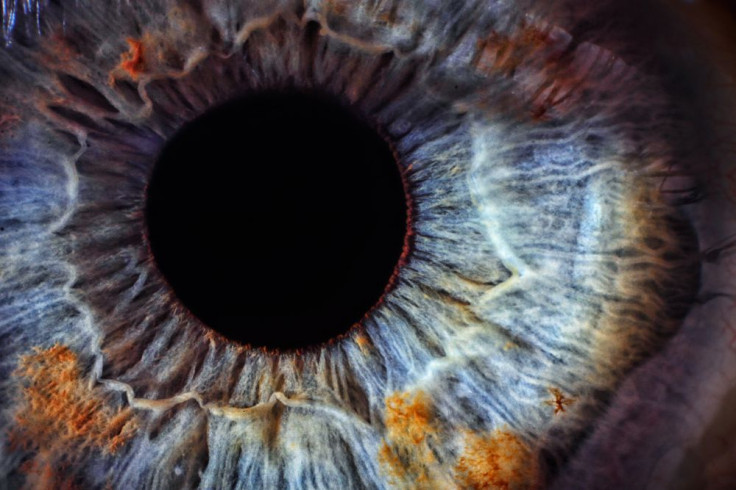HIV Drug To Fight Blindness? AMD Sees Improvement With Common HIV Treatment

Age-related macular degeneration is the leading cause of blindness among the elderly, and, unfortunately, is untreatable in up to 90 percent of cases. This means that as of now there are as many as 11 million people blinded by this condition in the United States, but that figure is estimated to double by 2050. Now, however, a previously unknown property of a widely used HIV/AIDS drug may mean the drug can be useful in treating a number of inflammatory disorders, mainly age-related macular degeneration (AMD).
In the landmark study, researchers at Kentucky University’s Department of Opthalmology and Visual Sciences investigated nucleoside reverse transcriptase inhibitors (NRTIs), a class of drugs that has been used to treat HIV/AIDS for the past 30 years. As reported by Medical News Today, previous research had shown that the toxic molecule RNA, which collects in the retina and causes AMD, is molecularly similar to HIV. Both need the reverse transciptase enzyme to complete their life cycle. This finding has largely widened the possibilities for NRTIs' use.
There are two types of AMDs: wet and dry versions. Dry AMD is both the most common and least serious. Wet AMD is more serious and occurs when abnormal blood vessels invade the retina and cause cell damage. As of now, there are no approved treatments for dry AMD.
Lead researcher Dr. Jayakrishna Ambati explained that due to the increasing aging population it is “critical that we develop new and improved treatments for this disease, which is growing like an epidemic,” Utah People's Post reported.
Knowing this, lead researcher Ambati and his team used the NRTI drug on mice with the condition. Results showed that the drug was able to block the activation of a type of inflammasome called NLRP3. These are large protein bunches able to detect and respond to certain molecular patterns of pathogens and other damaging agents. NRTI proved successful in treating the mice with wet AMD, and researchers believe it could be a cheap and effective treatment options for humans with the disease.
Other AMD Treatments In The Works
A new type of laser treatment has also shown potential in treating AMD, Medical News Today reported. In a recent study, researchers found that a nanosecond laser was able to reduce drusen and thin the Burch’s membrane without damaging the structure of the retina, suggesting that this treatment has the potential to reduce AMD progression.
Scientists at the University of Southampton in England took a different approach at treating AMD and found that stem cells may hold the key for an AMD cure, Medical Daily reported. In their study, researchers found that stem cells from the “corneal limpus” section of the eye are able to be manipulated to form photoreceptor cells, the main type of cells lost in AMD.
It’s hoped that reproducing and transferring photoreceptor cells back into the human eye could reverse the blinding effects of AMD.
“More research is now needed to develop this approach before these cells are used in patients," said lead researcher of the project, Dr. Andrew Lotery in the press release, and according to The Telegraph, trials for this treatment should begin in about five years.
Source: Ambati J, Fowler BJ, Gelfand BD, et al. Nucleoside reverse transcriptase inhibitors possess intrinsic anti-inflammatory activity. Science. 2014.



























